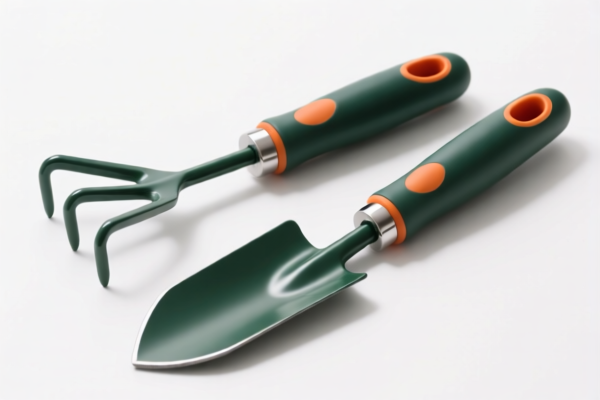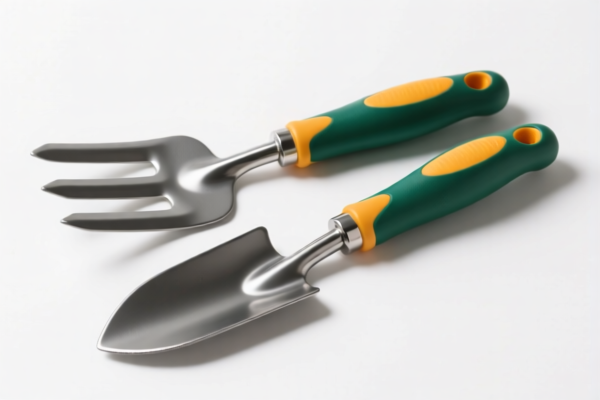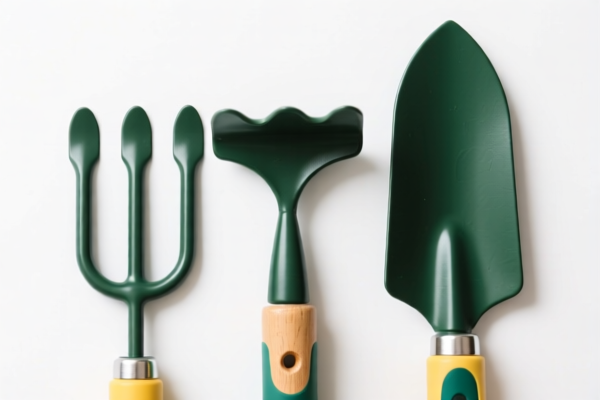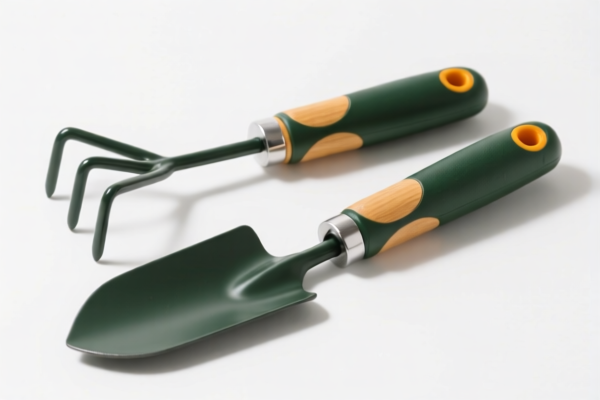| HS Code | Official Doc | Tariff Rate | Origin | Destination | Effective Date |
|---|---|---|---|---|---|
| 8201906000 | Doc | 55.0% | CN | US | 2025-05-12 |
| 8201903000 | Doc | 2¢ each + 5.1%+55.0% | CN | US | 2025-05-12 |
| 8206000000 | Doc | The rate of duty applicable to that article in the set subject t+30.0% | CN | US | 2025-05-12 |
| 9603904000 | Doc | 37.5% | CN | US | 2025-05-12 |
| 9603908050 | Doc | 65.3% | CN | US | 2025-05-12 |
| 9620003090 | Doc | The rate applicable to the article of which it is an accessory+30.0% | CN | US | 2025-05-12 |
| 9620005000 | Doc | 60.3% | CN | US | 2025-05-12 |




Gardening Bonsai Tools Set
A gardening bonsai tools set comprises specialized instruments designed for the cultivation and maintenance of bonsai trees – miniature trees grown in containers. These sets cater to the unique horticultural practices required for bonsai, differing significantly from general gardening tools.
Material
Bonsai tools are commonly constructed from high-carbon steel, stainless steel, and occasionally, tool steel.
- High-carbon steel offers exceptional sharpness and durability, but is susceptible to rust and requires diligent care to prevent corrosion.
- Stainless steel provides corrosion resistance, requiring less maintenance, but may not achieve the same level of sharpness as high-carbon steel.
- Tool steel is utilized for specialized tools requiring high strength and wear resistance.
- Handles are typically made of wood (often Japanese Zelkova or Pakka wood), plastic, or a combination of both, providing comfort and grip.
Purpose
The primary purpose of a bonsai tool set is to facilitate the shaping, pruning, wiring, and repotting of bonsai trees, enabling the artist to create and maintain the desired aesthetic form and health of the tree.
Function
The tools perform a range of specific functions:
- Concave cutters: Remove branches flush with the trunk, creating a recessed cut that promotes callus growth and aesthetically pleasing branch removal.
- Branch cutters: Used for larger branches, offering greater cutting power.
- Knob cutters: Remove unwanted knobs and bulges from the trunk or branches.
- Wire cutters: Designed to cut bonsai wire without damaging the tree bark.
- Wire: Used to shape branches and direct growth. Available in various gauges and materials (copper, aluminum, anodized aluminum).
- Root hooks: Loosen and untangle roots during repotting.
- Root cutters: Cut larger roots during repotting.
- Shears: General pruning and trimming of foliage.
- Tweezers/Root tweezers: Assist with planting, removing debris, and moss application.
- Jin/Shari tools: Create deadwood features (jin – dead branches; shari – stripped bark) for artistic effect.
Usage Scenarios
Bonsai tools are employed in a variety of scenarios related to bonsai cultivation:
- Pruning: Removing unwanted growth to maintain shape and promote airflow.
- Wiring: Shaping branches and directing growth.
- Repotting: Transferring the tree to a new container with fresh soil.
- Root pruning: Managing root growth to maintain balance.
- Branch selection: Removing undesirable branches to refine the tree’s structure.
- Deadwood creation: Developing jin and shari features for artistic expression.
- Moss application: Applying moss to the soil surface for aesthetic purposes.
Common Types
Bonsai tool sets are available in a wide range of configurations, categorized by the number and type of tools included:
- Basic Sets (6-7 tools): Typically include branch cutters, concave cutters, wire cutters, root hooks, tweezers, and shears. Suitable for beginners.
- Intermediate Sets (8-10 tools): Expand upon basic sets with knob cutters, additional shears, and more specialized tools.
- Professional Sets (12+ tools): Comprehensive sets including a full range of tools for advanced bonsai techniques, often including tools for jin and shari creation.
- Specialized Sets: Focused on specific techniques like grafting or deadwood creation.
- Individual Tools: Sold separately for replacing worn tools or adding specific functionality.
Gardening bonsai tools sets fall under tools used in agriculture, horticulture, or forestry. Here's a breakdown of relevant HS codes based on the provided information:
- 8201906000: This code covers “Other handtools of a kind used in agriculture, horticulture or forestry, and parts thereof: Other”. This is a broad category and could apply if the set doesn’t fall into a more specific subheading. The total tax rate is 55.0%, comprised of a 0.0% base tariff, a 25.0% additional tariff, and a 30.0% additional tariff effective April 2, 2025.
- 8206000000: This code is for “Tools of two or more of headings 8202 to 8205, put up in sets for retail sale”. Since a bonsai tool set is a collection of tools sold as a retail package, this is a highly relevant option. The applicable duty rate is the rate of duty applicable to the article in the set, plus 30.0% additional tariff effective April 2, 2025.
- 9603908050: This code covers “Brooms, brushes (including brushes constituting parts of machines, appliances or vehicles), hand-operated mechanical floor sweepers, not motorized, mops and feather dusters; prepared knots and tufts for broom or brush making; paint pads and rollers; squeegees (other than roller squeegees): Other: Other”. If the set includes brushes for cleaning bonsai pots or applying finishes, this code may be applicable. The total tax rate is 65.3%, comprised of a 2.8% base tariff, a 7.5% additional tariff, and a 30.0% additional tariff effective April 2, 2025, plus a 25% additional tariff for steel or aluminum products.
Important Considerations:
- 8206000000: When using this code, the duty rate will be determined by the most expensive item within the set.
- 9603908050: If the set contains steel or aluminum brushes, a 25% additional tariff applies.
Customer Reviews
The site provided an excellent overview of HS Code 8206000000 and how the most expensive item in the set determines the duty. Highly recommended.
The explanation of the 55% tariff for HS Code 8201906000 was very detailed and useful for my export planning.
I really appreciated the breakdown of the 30% additional duty for 8206000000. It clarified the cost structure for my bonsai tool sets.
The site was okay, but I found the 25% additional tariff for steel or aluminum brushes under 9603908050 a bit unclear. More visuals would help.
The detailed info on the 65.3% tariff for HS Code 9603908050 was spot-on. Great for understanding costs when exporting brushes with steel parts.